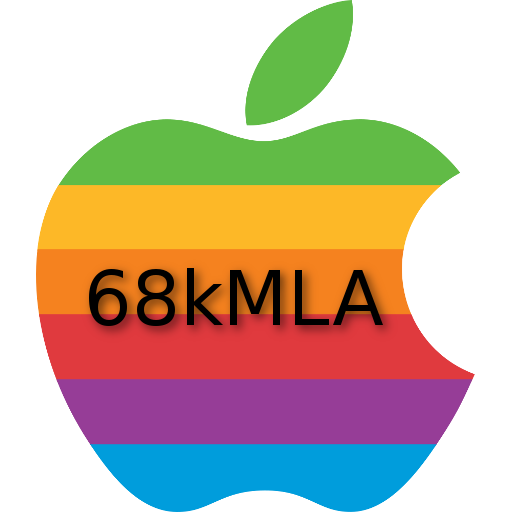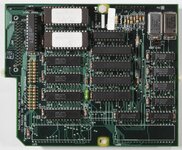A few of members are already familiar with truth tables and reversing PAL / GAL chips. If you're among the less familiar, these are chips with several inputs and several outputs. The output is dependent on the combination of input signals to individual pins — all of which can be customized. This customization is known as truth-tables. These chips were popular on early compact Apple computers because they could replace many chips into a single easy to prototype / customize chip.
I am not among those who are familiar but I hope more experienced members would share their input — I'm interested in making an Arduino-based platform to simplify the interface with chips. I see ReGAL has a tool to probe and generate truth tables but I don't really understand how the probing portion is connected to an Arduino.
What I'm describing would probably use shift registers to add a significant amount of IO ports. Pins could be labelled and configured arbitrarily in order to identify all permutable input / output combinations. The physical hardware would predominately be a PCB to house the required chips and a ZIF socket to conveniently interface with chips.
I am not among those who are familiar but I hope more experienced members would share their input — I'm interested in making an Arduino-based platform to simplify the interface with chips. I see ReGAL has a tool to probe and generate truth tables but I don't really understand how the probing portion is connected to an Arduino.
What I'm describing would probably use shift registers to add a significant amount of IO ports. Pins could be labelled and configured arbitrarily in order to identify all permutable input / output combinations. The physical hardware would predominately be a PCB to house the required chips and a ZIF socket to conveniently interface with chips.


